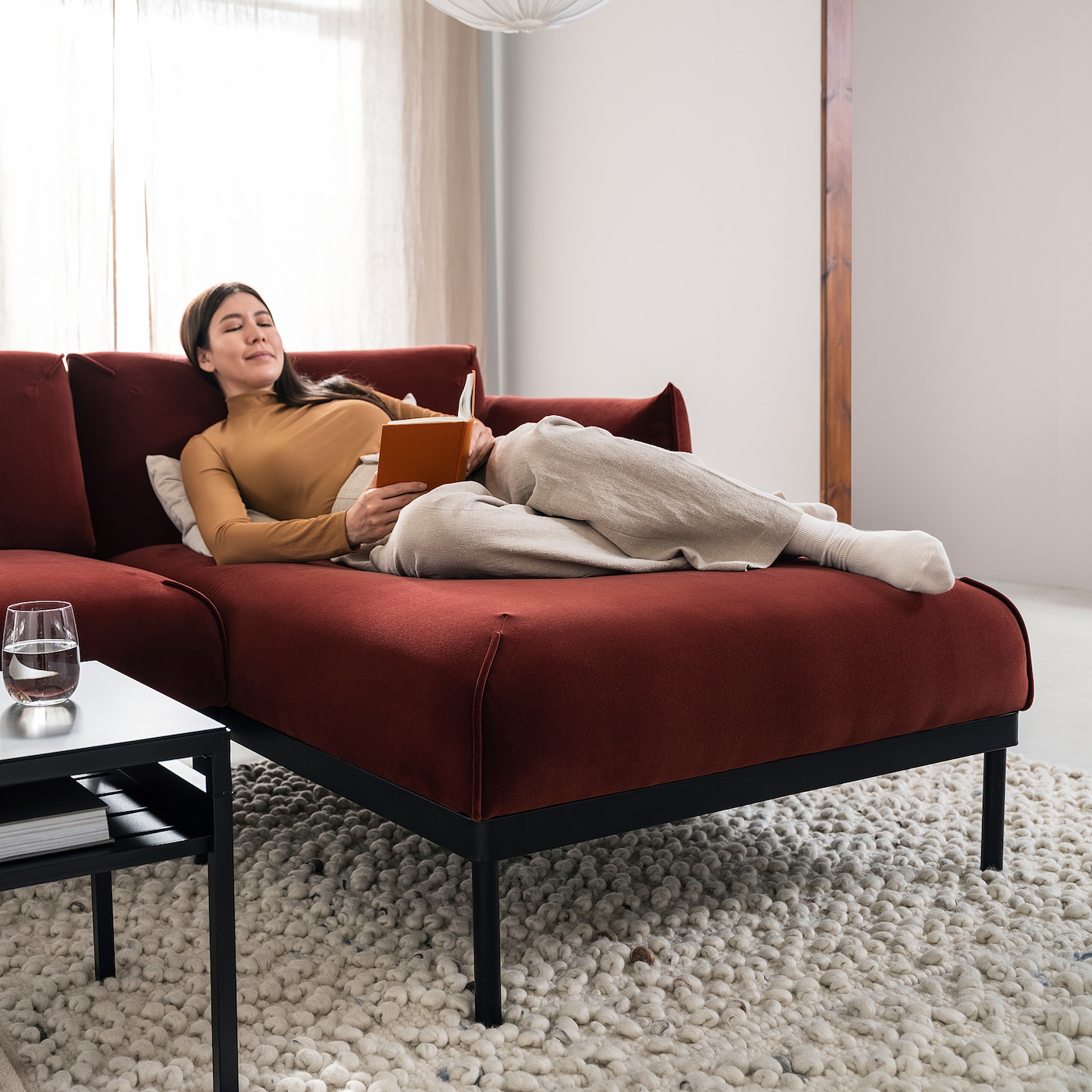Title: The Controversy Around IKEA Sofas and Formaldehyde Exposure
IKEA, the Swedish furniture giant, has been facing controversy over the issue of formaldehyde emissions from their sofas. Some customers have reported health issues such as eye irritation and headaches after using IKEA sofas, while others have claimed that the company has failed to warn consumers about the potential health risks associated with exposure to formaldehyde. The controversy has led to calls for greater transparency and regulation in the industry. In response, IKEA has said that they take formaldehyde emissions seriously and have taken steps to reduce them in their products. However, some experts have criticized the company's approach, saying that it relies too heavily on chemical treatment and not enough on alternative materials. The debate highlights the need for greater regulation and awareness of the health impacts of chemicals in our homes.
Introduction:
IKEA is a well-known brand known for its affordable and stylish furniture. However, recent years have seen a growing concern among consumers about the potential health risks associated with certain IKEA sofas, particularly in regards to formaldehyde emissions. This has led to a significant controversy surrounding the safety of IKEA furniture and the measures that the company has taken to address this issue. In this article, we will explore the concerns around IKEA sofas and formaldehyde emissions, as well as the steps that the company has taken to improve the situation.
Background:
Formaldehyde is a chemical compound that is commonly used in building materials, paint, and furniture. It is often added as a preservative to prevent wood and other materials from deteriorating. Whileformaldehydeis generally considered safe when used at appropriate levels, high levels of exposure can be harmful to human health, particularly for those with allergies or respiratory issues.

The Problem with IKEA Sofas:
In recent years, there have been numerous reports of consumers experiencing adverse reactions after purchasing and using IKEA sofas. These reactions include eye irritation, headaches, nausea, and even cancer. Some consumers have even gone so far as to file lawsuits against IKEA over these health concerns.
The main culprit in these incidents seems to be the use of formaldehyde-containing adhesives in certain IKEA sofa designs. While IKEA claims that their sofas meet strict safety standards, many experts argue that these standards do not take into account the long-term exposure that consumers may face. In addition, IKEA has been criticized for not providing sufficient information to consumers about the potential health risks associated with their products.
What IKEA Has Done to Address the Issue:
In response to these concerns, IKEA has taken several steps to improve the safety of its sofas and reduce the risk of exposure to formaldehyde. These measures include:
1. Changing Ingredients: IKEA has been working with manufacturers to replace some of the ingredients in their sofa glues with safer alternatives. This includes using low-formaldehyde content adhesives and reducing the amount of formaldehyde used overall.

2. New Testing Protocols: IKEA has also introduced new testing protocols to ensure that their sofas meet stricter safety standards. This includes conducting more rigorous testing on the finished product and requiring suppliers to implement additional safety measures during production.
3. Better Labeling: In an effort to provide more information to consumers about the potential health risks associated with their products, IKEA has started labeling its sofas more clearly. This includes listing the specific ingredients used in each model and providing recommendations for cleaning and maintenance.
Conclusion:
While IKEA has made progress in addressing the concerns surrounding their sofas and formaldehyde emissions, there is still much work to be done. Consumers should continue to be vigilant about the products they purchase and seek out information from reputable sources before making a sale. At the same time, it is important for manufacturers like IKEA to prioritize the health and safety of their customers above all else and take proactive measures to reduce exposure to harmful chemicals.
Articles related to the knowledge points of this article:
Lightweight Down Jackets: The Ultimate Guide
Lightweight and Chic Down Jackets: A Fashionable Winter Wardrobe Staple
The Length of Winter Coats: A Fashion and Comfort Consideration



